Rivaroxaban With Or Without Aspirin In Stable Cardiovascular Disease
Rivaroxaban with or without aspirin in stable cardiovascular disease. The COMPASS trial compared the impact of the selective direct factor Xa inhibitor rivaroxaban as monotherapy or in combination with aspirin on major adverse cardiovascular events MACE in patients with stable atherosclerotic disease. Hazard ratio HR 068. Rivaroxaban 5 mg twice daily alone did not result in better cardiovascular outcomes than aspirin alone and resulted in more major bleeding.
Among patients with stable atherosclerotic vascular disease those assigned to rivaroxaban 25 mg twice daily plus aspirin had better cardiovascular outcomes and more major bleeding events than those assigned to aspirin alone. CONCLUSIONS Among patients with stable atherosclerotic vascular disease those assigned to rivaroxaban 25 mg twice daily plus aspirin had better cardiovascular outcomes and more major bleeding events than those assigned to aspirin alone. Rivaroxaban with or without aspirin in stable cardiovascular disease.
An international randomised double-blind placebo-controlled trial. Among patients with stable atherosclerotic vascular disease those assigned to rivaroxaban 25 mg twice daily plus aspirin had better cardiovascular outcomes and more major bleeding events than those assigned to aspirin alone. A recent study revealed that rivaroxaban in combination with aspirin had significantly fewer cardiovascular events compared to aspirin alone.
We evaluated whether rivaroxaban alone or in combination with aspirin would be more effective than aspirin alone for secondary cardiovascular prevention. Patients treated with rivaroxaban 25 mg twice daily in combination with aspirin experienced fewer cardiovascular events but more bleeding complications than those who. Rivaroxaban with or without aspirin in stable cardiovascular disease.
Although major bleeding was increased fatal or critical organ bleeding was not. In contrast the COMPASS trial Cardiovascular Outcomes for People Using Anticoagulation Strategies demonstrated that in patients with chronic CAD and PAD the combination of rivaroxaban 25 mg twice daily and aspirin 100 mg once daily reduced the relative risk of stroke MI or cardiovascular death major adverse cardiovascular events MACE by 24 compared with aspirin. Low-dose rivaroxaban taken twice a day plus aspirin once a day reduced major adverse cardiovascular and limb events when compared with aspirin alone.
Rivaroxaban 5 mg twice daily alone did not result in better cardiovascular outcomes than aspirin. Rivaroxaban 5 mg twice daily alone did not result in better cardiovas. Rivaroxaban 5 mg twice daily alone did not result in better cardiovascular outcomes than aspirin alone and resulted in more major bleeding.
95 CI 053-086 and those without HF 38 versus 47. Rivaroxaban and aspirin had similar relative reduction in major adverse cardiovascular events compared with aspirin in participants with HF 55 versus 79.
The authors concluded that among patients with stable atherosclerotic cardiovascular disease treatment with rivaroxaban 25 mg twice daily plus low-dose aspirin was associated with better cardiovascular outcomes but more major bleeding than treatment with low-dose aspirin alone.
The authors concluded that among patients with stable atherosclerotic cardiovascular disease treatment with rivaroxaban 25 mg twice daily plus low-dose aspirin was associated with better cardiovascular outcomes but more major bleeding than treatment with low-dose aspirin alone. 95 CI 053-086 and those without HF 38 versus 47. 2018 Jan 20391 10117205-218. Rivaroxaban and aspirin had similar relative reduction in major adverse cardiovascular events compared with aspirin in participants with HF 55 versus 79. Rivaroxaban 5 mg twice daily alone did not result in better cardiovascular outcomes than aspirin alone and resulted in more major bleeding. Hazard ratio HR 068. CONCLUSIONS Among patients with stable atherosclerotic vascular disease those assigned to rivaroxaban 25 mg twice daily plus aspirin had better cardiovascular outcomes and more major bleeding events than those assigned to aspirin alone. The authors concluded that among patients with stable atherosclerotic cardiovascular disease treatment with rivaroxaban 25 mg twice daily plus low-dose aspirin was associated with better cardiovascular outcomes but more major bleeding than treatment with low-dose aspirin alone. Among patients with stable atherosclerotic vascular disease those assigned to rivaroxaban 25 mg twice daily plus aspirin had better cardiovascular outcomes and more major bleeding events than those assigned to aspirin alone.
Rivaroxaban 5 mg twice daily alone did not result in better cardiovascular outcomes than aspirin alone and resulted in more major bleeding. An international randomised double-blind placebo-controlled trial. Rivaroxaban 5 mg twice daily alone did not result in better cardiovascular outcomes than aspirin. The authors concluded that among patients with stable atherosclerotic cardiovascular disease treatment with rivaroxaban 25 mg twice daily plus low-dose aspirin was associated with better cardiovascular outcomes but more major bleeding than treatment with low-dose aspirin alone. Rivaroxaban and aspirin had similar relative reduction in major adverse cardiovascular events compared with aspirin in participants with HF 55 versus 79. Among patients with stable atherosclerotic vascular disease those assigned to rivar- oxaban 25 mg twice daily plus aspirin had better cardiovascular outcomes and. P for interaction 028 but larger absolute risk reduction in those with HF HF absolute risk reduction 24 number needed to treat42.
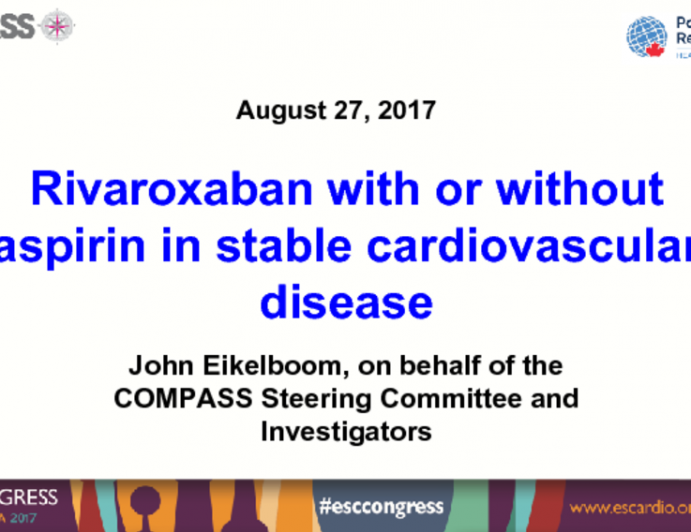


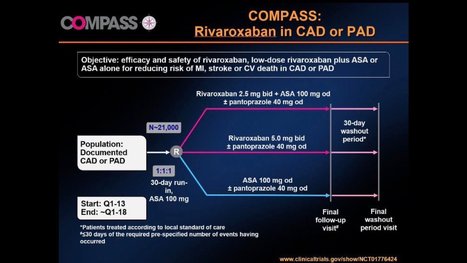




















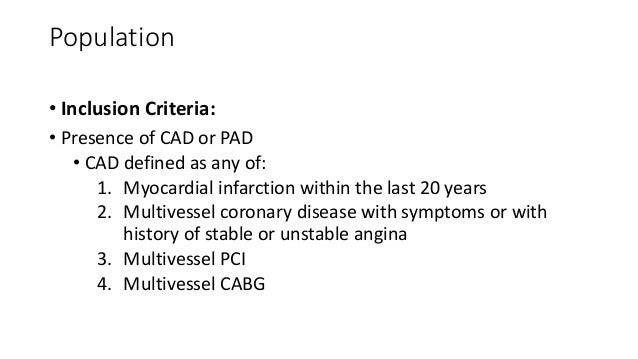







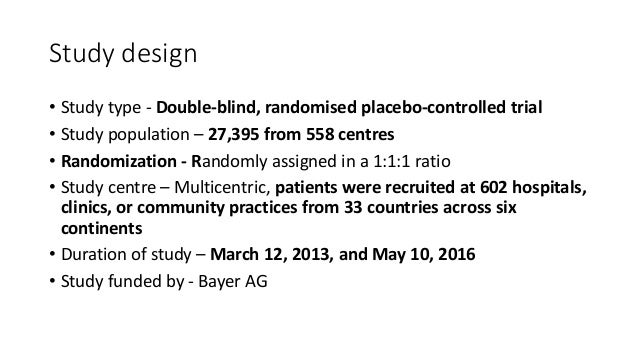



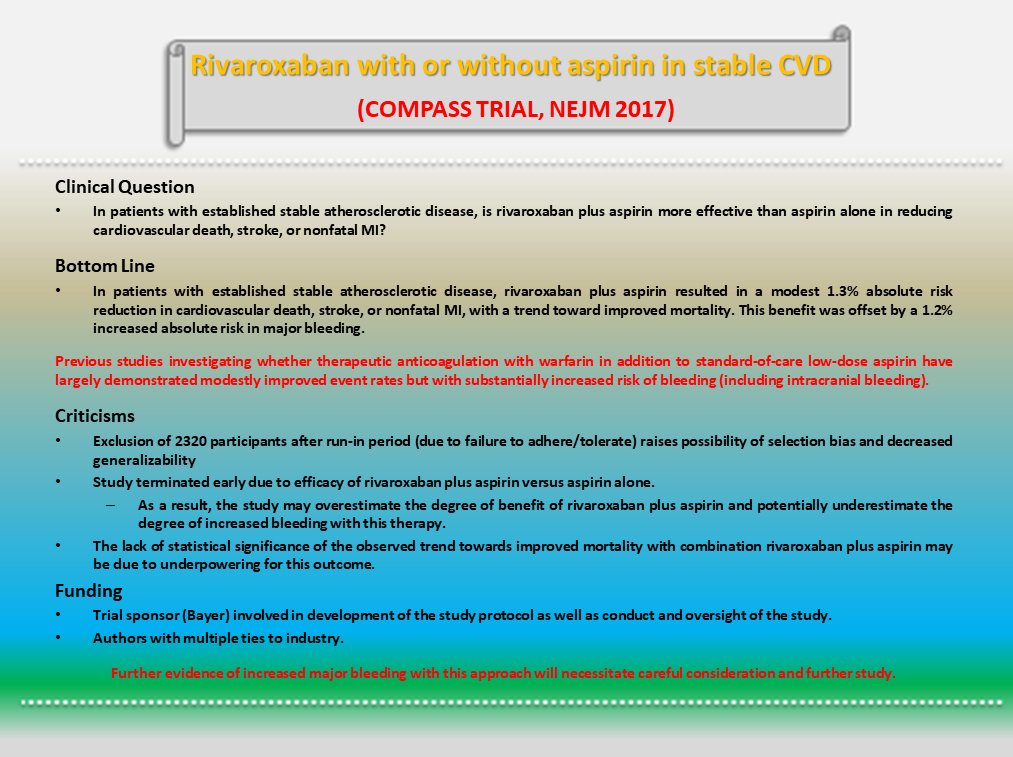



Post a Comment for "Rivaroxaban With Or Without Aspirin In Stable Cardiovascular Disease"